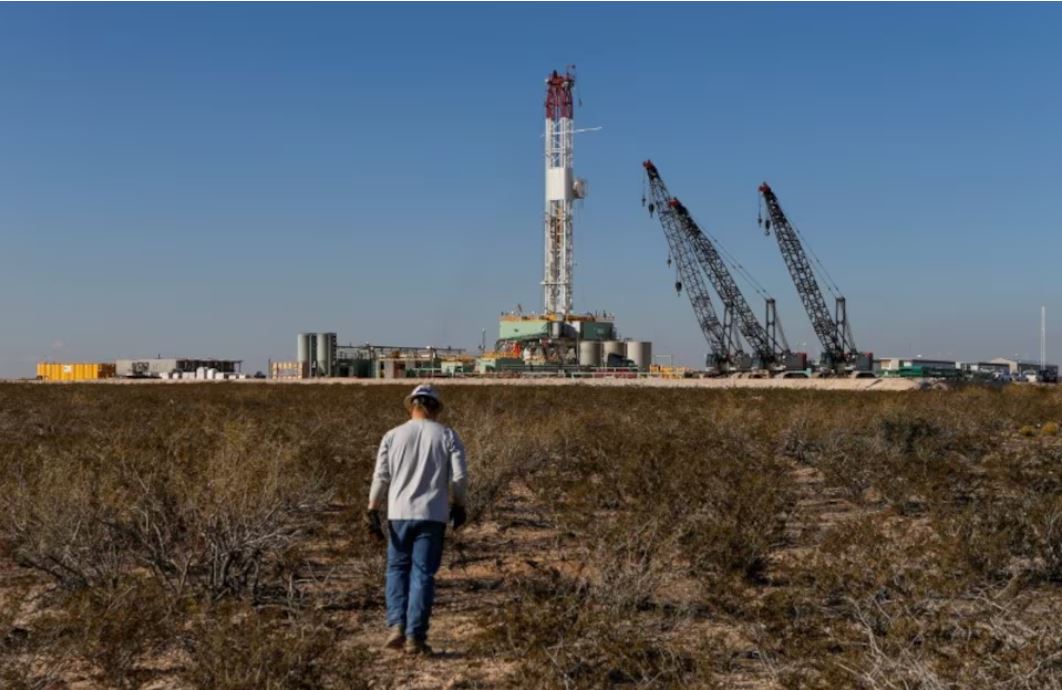Brent crude oil futures were up 29 cents, or 0.39%, at $75.21 per barrel, while U.S. West Texas Intermediate (WTI) crude gained 18 cents or 0.25% to $71.87. The initial sell-off following the election results had pushed oil prices down by more than $2, but the front-month contracts were able to pare their losses by the end of the trading session on Wednesday.
Analysts believe that the concerns around a Trump presidency’s policies towards Iran and Venezuela, as well as the potential impact of Hurricane Rafael on U.S. Gulf Coast production, have more than offset the post-election impact of a stronger U.S. dollar and higher-than-expected U.S. crude inventories.
“Historically, Trump’s policies have been pro-business, which likely supports overall economic growth and increases demand for fuel. However, any interference in the Fed’s easing policies could lead to further challenges for the oil market,” said Priyanka Sachdeva, senior market analyst at Phillip Nova.
The upside to oil markets, however, may be limited in the short to medium term, as OPEC is expected to increase supply capacity in January, and historical trends suggest that sanctions are unlikely to prevent India and China from continuing to purchase oil from Russia or Iran.
The oil market has also been impacted by a decline in crude oil imports in China, the world’s largest crude importer. Data showed that China’s crude oil imports fell 9% in October, marking the sixth consecutive monthly year-on-year decline, as a plant closure at a state oil refinery added to weaker demand from independent refiners.
In North America, Hurricane Rafael has intensified into a category 3 hurricane, leading to the shutdown of about 17% of crude oil production or 304,418 barrels per day in the U.S. Gulf of Mexico, according to the U.S. Bureau of Safety and Environmental Enforcement.
The market’s focus on these supply-side factors has overshadowed the impact of a stronger U.S. dollar and higher-than-expected U.S. crude inventories, which had initially triggered the sell-off in oil prices following the U.S. presidential election. As investors continue to assess the potential implications of the election results and the ongoing weather events, the oil market’s trajectory remains uncertain in the near term.



